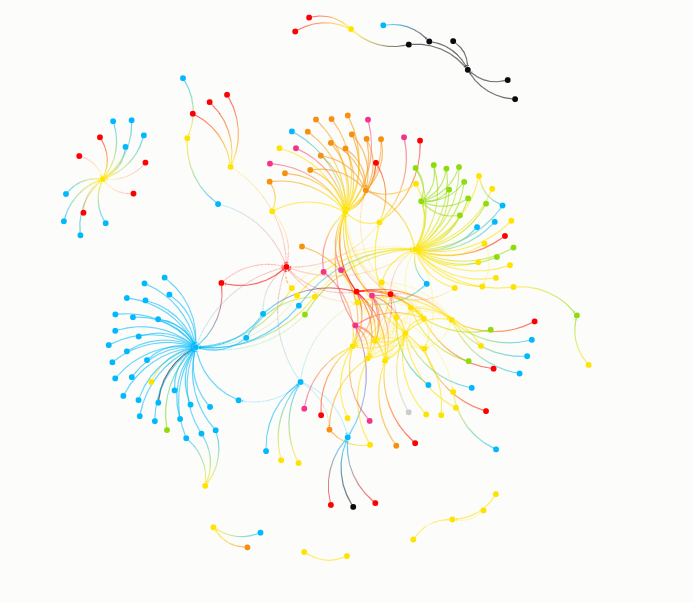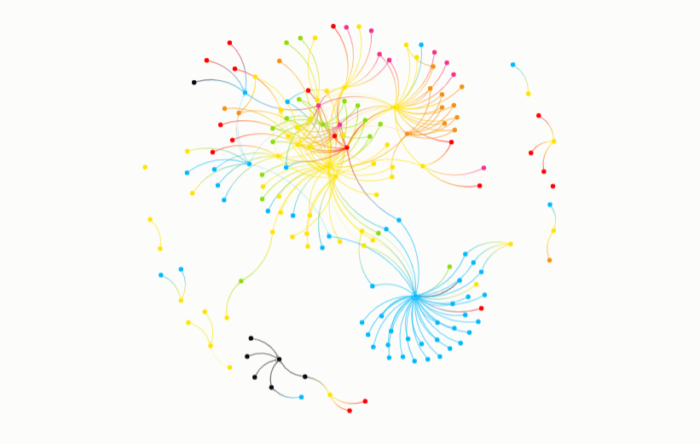In summer 2022, the Office of Institutional Diversity and Inclusion set out to give the Marquette community a clear look at the many diversity and inclusion efforts across campus. Their solution: a map.
Using research from Dr. Rona Halualani, a communication professor at San Jose State University, on documenting resources and initiatives, OIDI graduate assistant Michael Vazquez led the way to create a comprehensive, accurate map.
“It allows people to see the relationships and connections that are currently in place or that can be built,” Vazquez says. “This map allows people to know more about the resources at one’s disposal and see how one can create connections that would allow for a more equitable and inclusive campus.”
A map of many colors
The map was created using Kumu, a software program for creating relationship maps. The program helped Vazquez construct a visual representation of the complex ecosystem of diversity efforts on campus.
Each circle on the map represents a DEI resource or initiative at Marquette, identified with a label. By clicking on a circle, users can see the description of the resource along with a link to more information.
The legend and color coding provide the user with the type of resource or initiative in broad strokes. The “element” category provides a more granular classification.
Each resource or initiative is connected to others through a solid-line connection that represents a direct reporting line, or a dotted line that represents a collaborative relationship.
The map provides a snapshot of the ecosystem of DEI efforts in which singular pieces of information that typically exist in isolation are placed within a broader context that organizes the information in relation to one another.
Coming together
The diversity map has become the place for faculty, staff and students to see the work being done to support DEI on campus.
“As a campus, sometimes we think of ‘diversity and inclusion’ as something that should be relegated to a particular office or space, but I think what this map does is underscore that diversity and inclusion efforts are happening across a wide range of departments, offices and divisions,” says Jacki Black, director for Hispanic initiatives and diversity and inclusion educational programming. “Because diversity and inclusion is all our work.”
Ultimately, the map provides a tool to identify areas of strength, as well as areas for growth.
“I think the map is a great step forward to catalogue our efforts in this area, but at the end of the day, it is only a tool,” Black says. “I would encourage every unit on campus to use that tool, take a look at that map and ask themselves, are we represented there? And if not, how can we contribute to making Marquette a more diverse, inclusive, and equitable place to learn and work?”
Anyone with edits or additions should reach out to Black.



